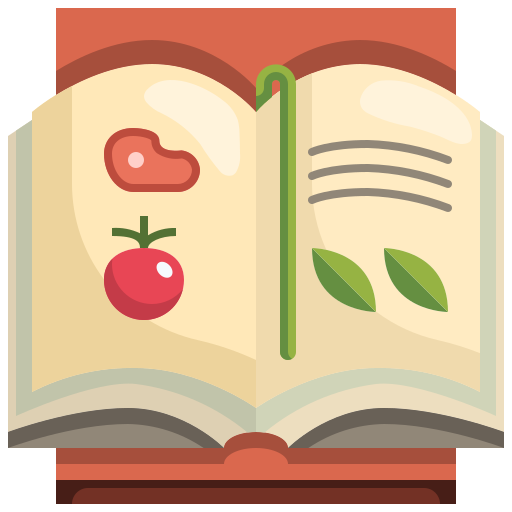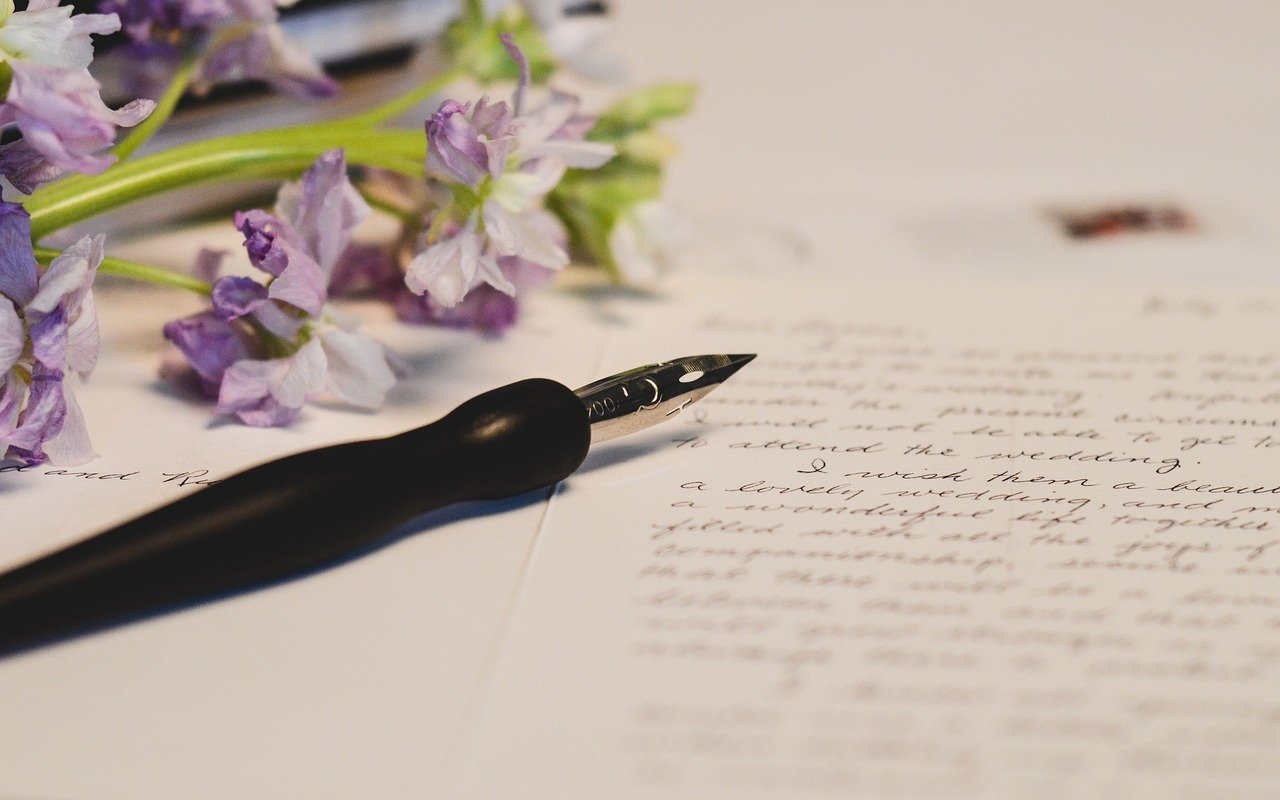Graphic designers, full-time or freelance, need to present really strong cover letters to substantiate their resumes. A cover letter is an opportunity for you to express your talent and enthusiasm, giving employers a feel for why you’re the right one for the job. Be it your first job or 10th, the difference between standing out and getting an interview may very well lie in how you write a strong cover letter.

Why Does Cover Letter Structure Matter?
It’s somewhat of a personal pitch-the place to show what you offer in experience, skills, and even excitement for the position. In contrast, a guess at poor structure could lead a hiring manager to miss something strong about your application. A well-organized letter presents all the most salient facts about why you deserve consideration, providing a better chance of nurturing a positive first impression. Here are some examples of how to structure a clear and compelling graphic design cover letter:
- Start with Your Contact Information
The first thing you should enter is your contact info directly at the top of the page. This gives the employer easy access to reach you. Include:
Your complete name
Email address
Phone number
Links to your online portfolio, LinkedIn profile, or personal website
By presenting your contact information upfront, the employer can easily contact you if they would like to schedule you for an interview. That is particularly important for graphic design roles, so do ensure that it is clearly accessible. - Company’s and Hiring Manager’s Details
Then you want to go ahead with the add-ons of the company on which you are applying. It should underwrite:
The date of applying
Hiring manager’s name (if known)
Company address on which this is
Hiring manager email address (if known)
This section does impress a professional touch on your cover letter so that even if the shortlisting.manager employs a more generic address, it is nevertheless encouraged to think you have really gone to the trouble of getting the fit. - Greet the hiring manager professionally Address them directly if you happen to know the name of the hiring manager. “Dear [Hiring Manager’s Name],” would be quite ideal. Personalizing your greetings demonstrates your attention to detail as well as respect for the person perusing your application. If you are guessing the name of the hiring manager, you could employ something like “Dear Hiring Manager” or “Dear [Department Name] Team”.
- Kick Off With a Catchy Opening Paragraph: Immediately capture hiring manager’s attention in that first paragraph. Mention the position for which you’re applying, along with where you heard about the job-from a job board, referral, company website, mention it. If you were referred to the opportunity by someone within the company, mention it off the bat. It can really help you out.
That opening paragraph will also disclose your major pertinent skills and qualifications at a glance to impart a sense to the reader about why you would be the correct fit for the job.
I wanted to say I’m interested in the Graphic Designer position at XYZ Company. Finding out through [Source] about the opportunity immediately made me interested in the job since I am really inspired by [specific skill or project relevant to the job]. With a background in [experience], I’m confident that my design skills would make a valuable addition to your team.” - Write a Persuasive Body Paragraph
Then use the remaining of your cover letter to probe deeper as to why you fit the job. This is where you elaborate on your top 3 – 4 qualifications and experiences regarding what is required for the job. Probably mention some of the design tools or methods that you know, like Adobe Photoshop, Illustrator, or InDesign. refer to some projects where such techniques have been successful in drawing results.
If a newbie has recently graduated, she can talk about the most relevant coursework and internships or freelance work that would prove she could take on the position. Entry-level to moderately experienced designers going for jobs can present major achievements related to their work experience.
For example,
“In my last position at [Company], I created a full brand package for a new product launch, which generated an increase in customer engagement of 30% across all social media channels. My knowledge of the workings of many different industries develops the ability to understand brand voice and convert this into exciting visual design.” - Highlight Key Skills and Relevant Qualification
As a Graphic Designer, both hard and soft skills are important to you. Hard skills include software tool applications and soft skills are important for collaboration and client interactions. Be sure to highlight your ability to use key design programs such as Adobe Creative Suite, Sketch, or Figma, and employ problem-solving, creativity, and teamwork in your planning.
Certification, such as the Adobe Certified Expert designation (ACE) and a degree in Graphic Design, must be mentioned here. Also, report on any ongoing courses or certification work. - Connect Your Experience with the Needs of the Company
This is your opportunity to link all your experience directly to fulfill the company’s goals and needs. Refer to the job description and use your background to show the interviewer that you understand what the company is looking for.
For example, if designing material for social media campaigns is mentioned in the job posting, you could say:
I have plenty of experience designing visual content, especially for social media campaigns, so I feel confident that the graphic produced will speak to the audience.
Discussing how you’d leverage similar tools demonstrates your adaptability to new software and will give the impression that you read job postings carefully.
Reasons Why You Fit in with the Company
Then you can briefly take a moment to explain what makes this just the opportunity you have been hoping for in that specific company. Find the particular mission, values, or design ethos of the company, and add how paralleling them to your personal goals and design philosophy made it easier for you. This indicates that you’ve put in your research and that it doesn’t look like a generic cover letter.
For example:
“I sincerely admire XYZ Company for its unwavering commitment to sustainability and innovative design approaches. As an environmental enthusiast, I’m excited at the prospect of reaching out to a team engaged with such eco friendliness and creative thinking.” - Show off your Achievements
Show not only tell; show more than tell. Put your skills to use by talking through accomplishments in quantifiable terms instead of merely stating your skills; for instance, count the numbers of increases due to designs, by percent increases in audience engagement or sales, and the like. Use strong action verbs such as: “designed,” “developed,” and “implemented.”
For example:
“I designed a series of email campaigns that boosted our open rate by 40 percent, which has helped to boost overall sales by 25 percent.” - An Unmistakable Call to Action
End in an encouraging but confident tone with a call to action. Thank the hiring manager for his or her time, share your excitement about the position, and suggest following up.
For instance:
“Eagerly anticipate to avail this opportunity in bringing all the knowledge-and-skills mastery I possess for XYZ Company, and to discuss about how I could contribute to the team. Thanks for your time and consideration; I look forward to possibly meeting with you to further discuss my application.”
Last Words
It is a proof: An attention details by the graphic designer is utmost; however, a cover letter should be typo- or grammar-error-free.
Design the same as your resume: The design of a cover letter should follow the same principle of layout employed in the construction of your resume. The cover letter design should follow the same style as your resume. Layout and color scheme: Make sure that while the overall style reflects your design sensibility, it must remain professional.
If all goes well, this case would definitely make a strong case for a designer-proficient cover letter thereby increasing your chances of fulfilling your dreams with the graphic design job!





